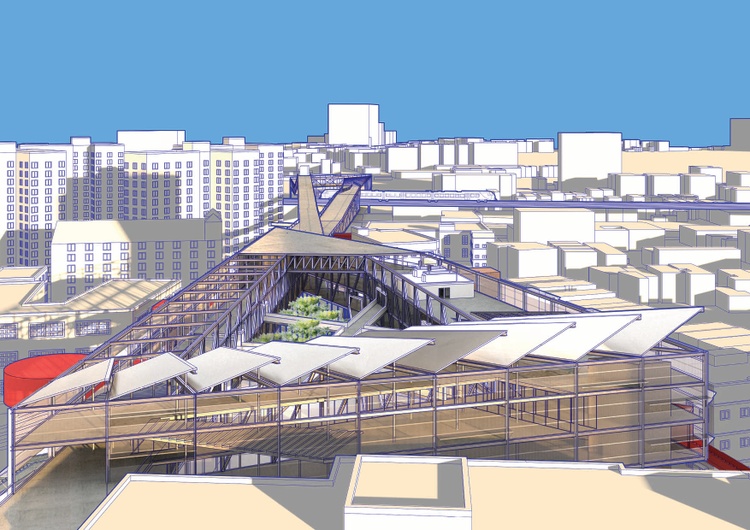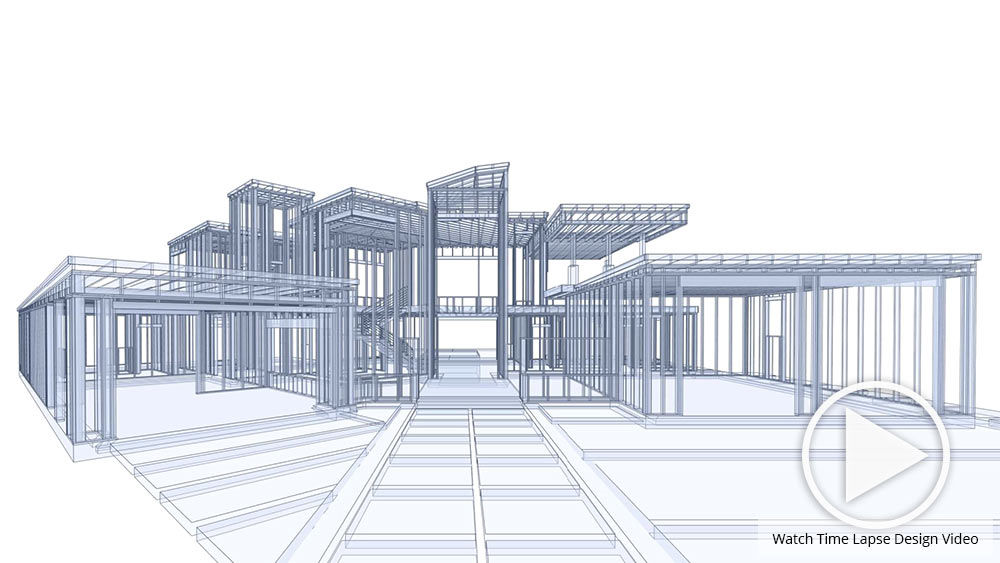Changing Rooms: The Vision of CDA Architects for Modern Living
Changing Rooms: The Vision of CDA Architects for Modern Living
Blog Article
The Impact of Technological Improvements on the Layout Practices of Contemporary Architects
The rapid advancement of technological devices has actually dramatically improved the style landscape for modern designers, promoting unprecedented degrees of advancement and sustainability. Discovering these dynamics exposes a nuanced interaction in between technology and traditional design approaches, triggering a more detailed examination of what the future holds for building practices.
Advancement of Architectural Equipment
Exactly how have building tools transformed the layout and construction processes over the centuries? The development of building devices has actually considerably affected the effectiveness, accuracy, and creative thinking of design and building and construction. In ancient times, engineers count on simple tools such as plumb bobs, determining rods, and fundamental geometry to develop frameworks. These devices laid the foundation for very early building practice, permitting the construction of renowned frameworks, albeit with constraints in accuracy and intricacy.
With the development of the Renaissance, the introduction of the compass and the protractor noted a critical shift. These tools enabled architects to achieve greater accuracy in their styles, promoting the development of more elaborate and in proportion buildings. The Industrial Revolution additionally transformed architectural exercise with the intro of mechanized devices and materials, enabling larger and extra enthusiastic projects.
In the 20th century, the development of computer-aided layout (CAD) software program transformed the landscape as soon as again, offering engineers with unprecedented capacities in modeling and visualization. Today, advanced tools such as Structure Details Modeling (BIM) and parametric design software program remain to push the boundaries of building technology, allowing a more integrated technique to style and building procedures.
Enhanced Collaboration in Design
As technology continues to develop, boosted collaboration in design has actually become a cornerstone of modern-day building practice. The assimilation of electronic tools such as Structure Details Modeling (BIM), cloud-based systems, and progressed visualization software has actually changed the way engineers, engineers, and stakeholders engage throughout the layout process. These devices facilitate real-time interaction, enabling teams to share concepts, adjustments, and feedback instantaneously, no matter geographical area.

Furthermore, interdisciplinary cooperation has actually been structured via these technological improvements, making it possible for architects to work much more carefully with various other professionals, such as urban planners and environmental specialists. The result is a more cohesive method to make that thinks about different viewpoints and knowledge. Eventually, boosted collaboration in layout is not just a fad; it is important for producing innovative, useful, and aesthetically pleasing architecture in an increasingly complex globe.
Sustainability Via Modern Technology
Sustainability in architecture has actually progressively ended up being linked with technological innovation, driving the market toward eco liable practices - cda architects. Contemporary designers are leveraging sophisticated technologies to decrease environmental influence while boosting the efficiency of structures. One noticeable instance is using Building Details Modeling (BIM), which permits precise preparation and resource appropriation, lowering waste during building and advertising energy performance throughout a structure's lifecycle
Moreover, wise materials and energy-efficient systems are being integrated right into styles to optimize source use. Technologies such as solar batteries and environment-friendly roof harness eco-friendly energy resources, adding to decreased carbon footprints. In addition, the application of fabricated intelligence in style processes makes it possible for engineers to imitate and evaluate power usage, guiding choices toward more sustainable results.
The combination of sustainable innovations not only aligns with international ecological objectives however likewise fulfills a boosting demand from consumers for eco-friendly services. As engineers accept these technologies, the emphasis moves in the direction of producing areas that are not only aesthetically pleasing yet also functionally sustainable, therefore redefining the standards of contemporary go to the website style. In this way, modern technology acts as a driver for sustainability, enabling designers to develop structures that respect and enhance the natural surroundings.
Obstacles in Application
While technical innovations in style hold terrific assurance for enhancing sustainability, their implementation commonly runs into considerable difficulties - cda architects. One main barrier is the high learning curve connected with new technologies. Engineers and building and construction professionals might need substantial training to effectively utilize sophisticated software application and devices, which can delay project timelines and enhance costs
Furthermore, the combination of arising innovations, such as Structure Details Modeling (BIM) and sustainable products, frequently necessitates partnership throughout multidisciplinary groups. This collaboration can be prevented by differences in knowledge, operations, and communication styles, bring about possible problems and ineffectiveness.
Financial great site restrictions further make complex the fostering of cutting-edge modern technologies. Lots of architectural companies, specifically smaller sized ones, may lack the resources to buy sophisticated tools, limiting their capability to take on larger companies that can manage such financial investments.
Additionally, regulative structures and building ordinance may not equal technical developments, developing obscurity and possible compliance problems. This obstacle can prevent architects from completely welcoming new modern technologies, as the risk of non-compliance might surpass the advantages. Addressing these application obstacles is vital for the effective combination of technological developments in contemporary architectural practices.
Future Fads in Design
The difficulties associated with the application of brand-new innovations in style have triggered a reevaluation of future trends within the sector. As designers browse concerns such as sustainability, urbanization, and social equity, they are progressively embracing ingenious modern technologies to boost style efficiency and ecological efficiency.
One famous pattern is the assimilation of expert system (AI) visit our website in the layout procedure. AI tools can assess substantial datasets to notify style choices, improving both imagination and functionality. Similarly, Structure Details Modeling (BIM) proceeds to progress, allowing real-time collaboration among stakeholders and assisting in streamlined task administration.
Sustainable design methods are also getting energy, with designers concentrating on flexible reuse and regenerative design concepts that decrease resource intake and waste. The incorporation of wise products and eco-friendly power resources will better improve the resilience of buildings when faced with environment change.

Final Thought
Technical improvements have actually considerably improved architectural layout practices, helping with boosted accuracy, partnership, and sustainability. The combination of tools such as Building Info Modeling and parametric design software program, alongside expert system and smart materials, encourages architects to attend to complex difficulties much more properly. While implementation may offer specific challenges, the continued evolution of these modern technologies assures to drive technology in architecture. Future fads will likely additionally highlight sustainability and performance, inevitably redefining the built environment.
Report this page